Water Hygiene
Swimming Pool
The hygiene standards for swimming pools consist of “water quality standards,” “facility standards,” and “maintenance standards.” Here, we would like to introduce the measuring instruments for the items of water quality standards.
Free residual chlorine
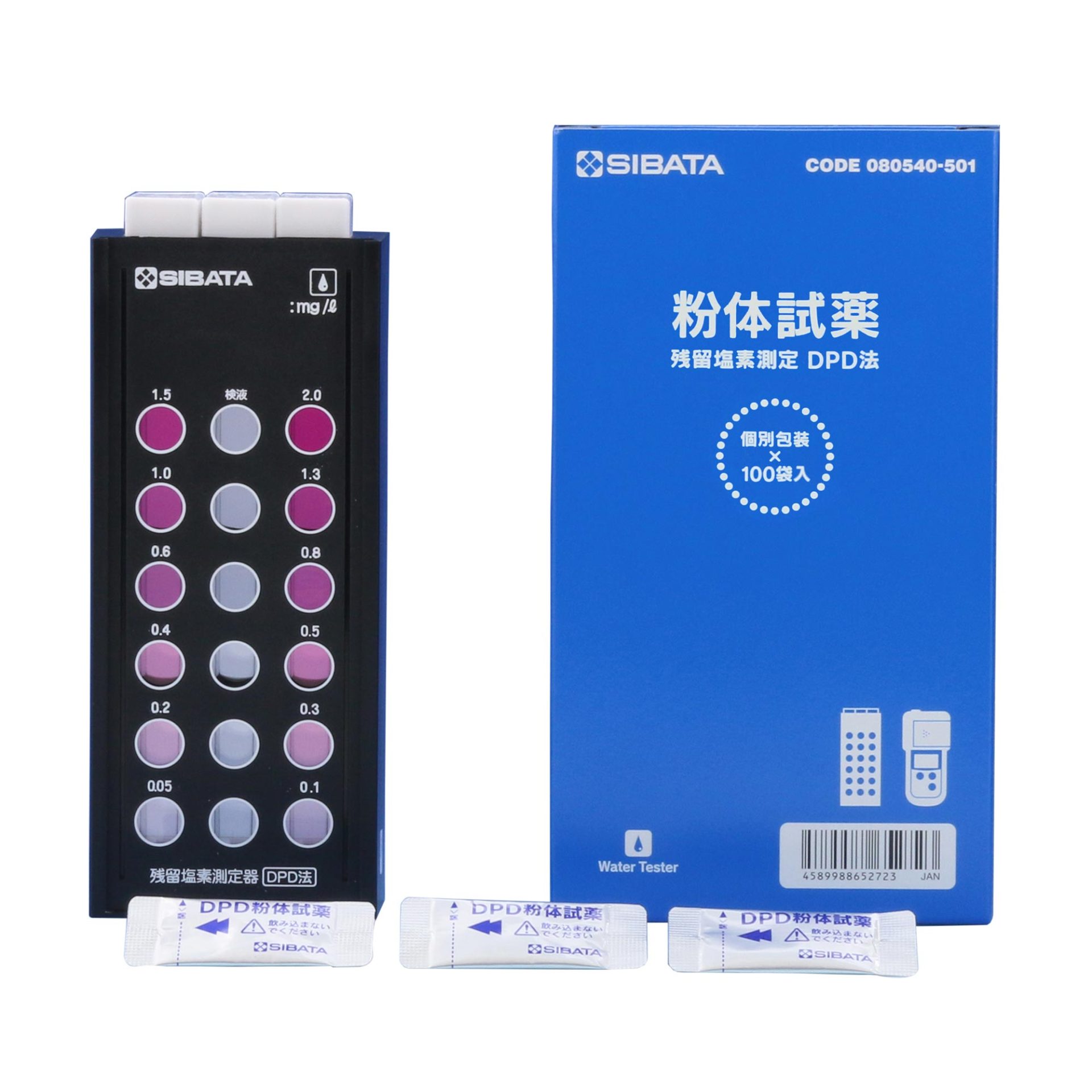
This is a typical visual measuring instrument used to measure residual chlorine in dedicated water services that use a large amount of water.
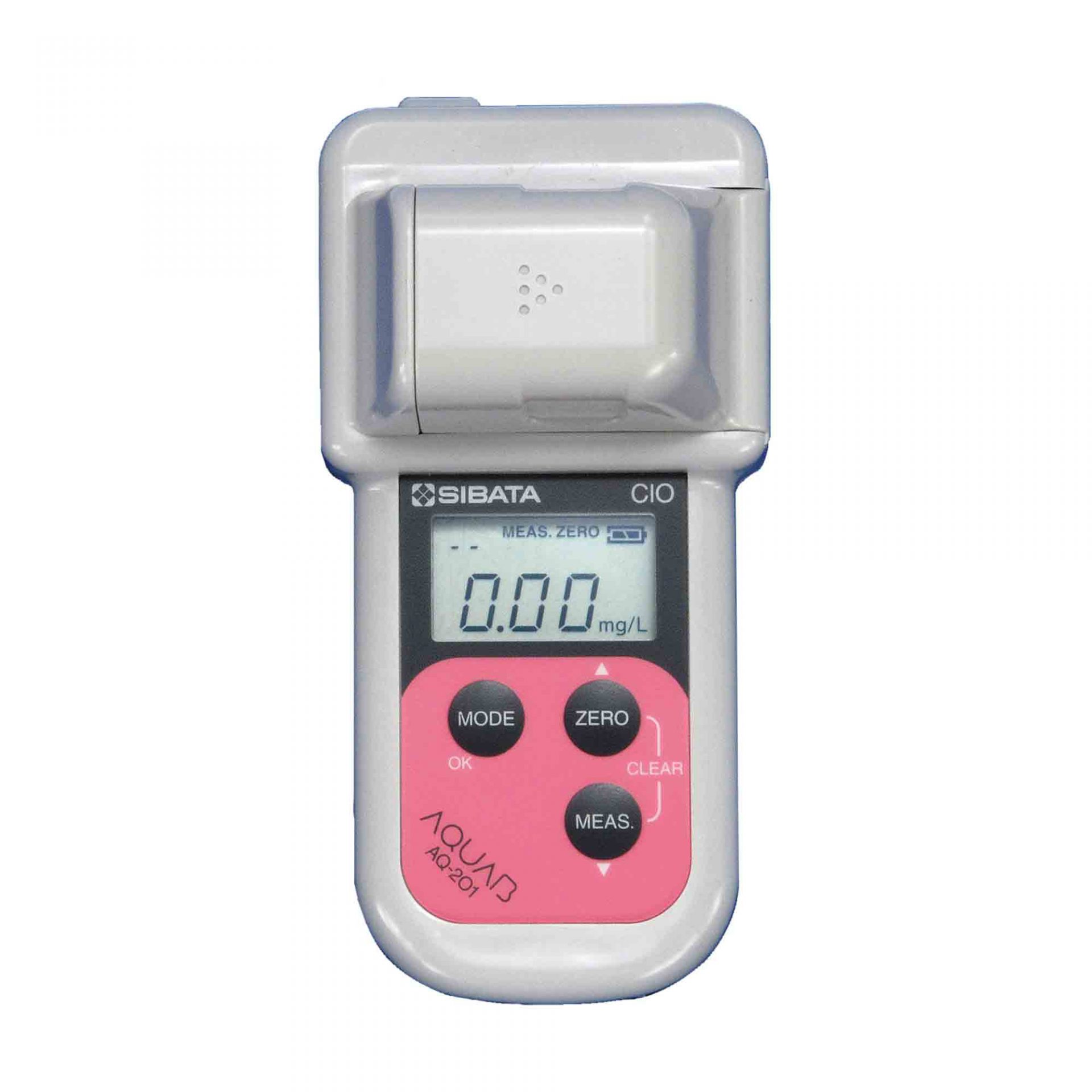
With a digital residual chlorine measuring instrument, there is no individual difference in color tone confirmation by the measurer, and anyone can obtain the same result.
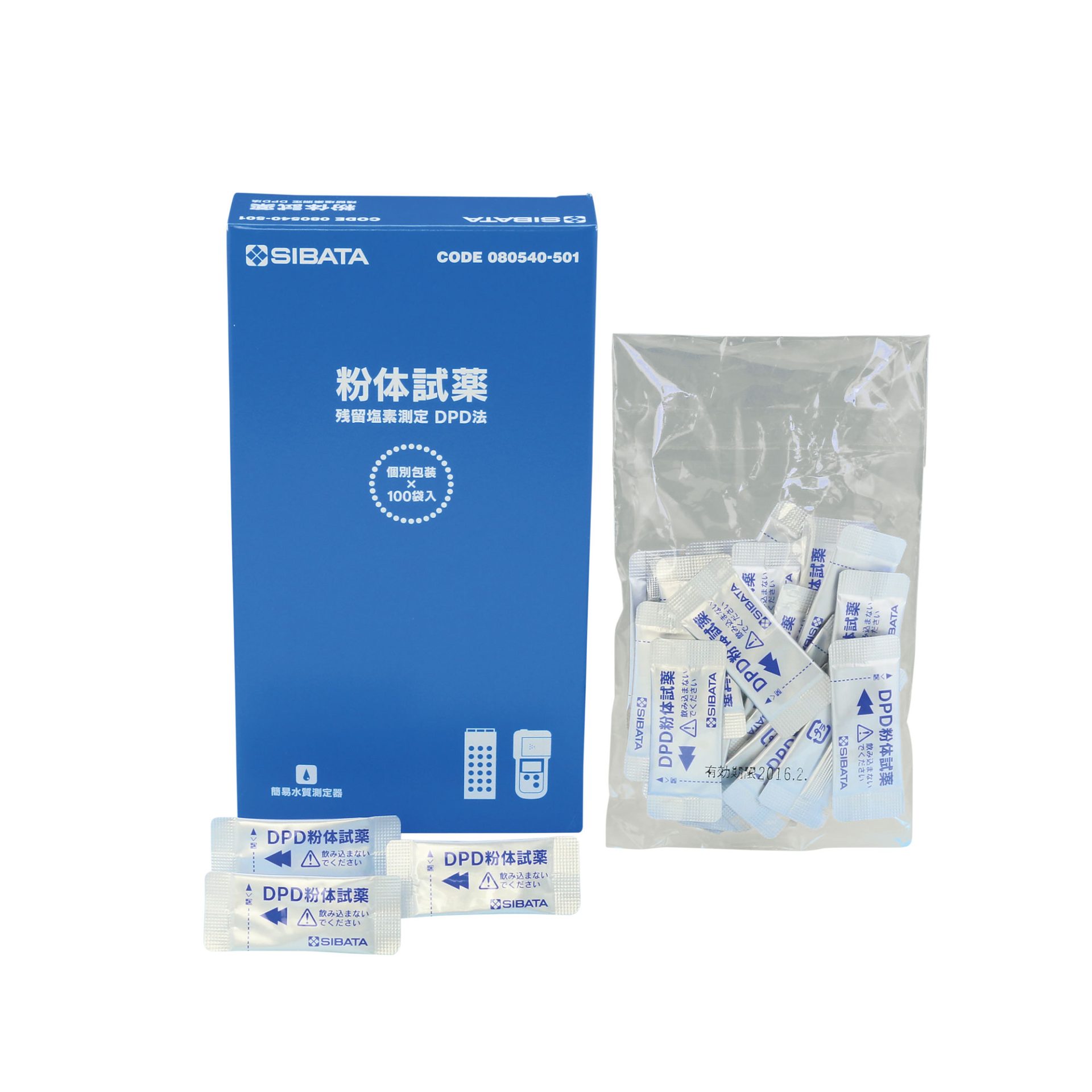
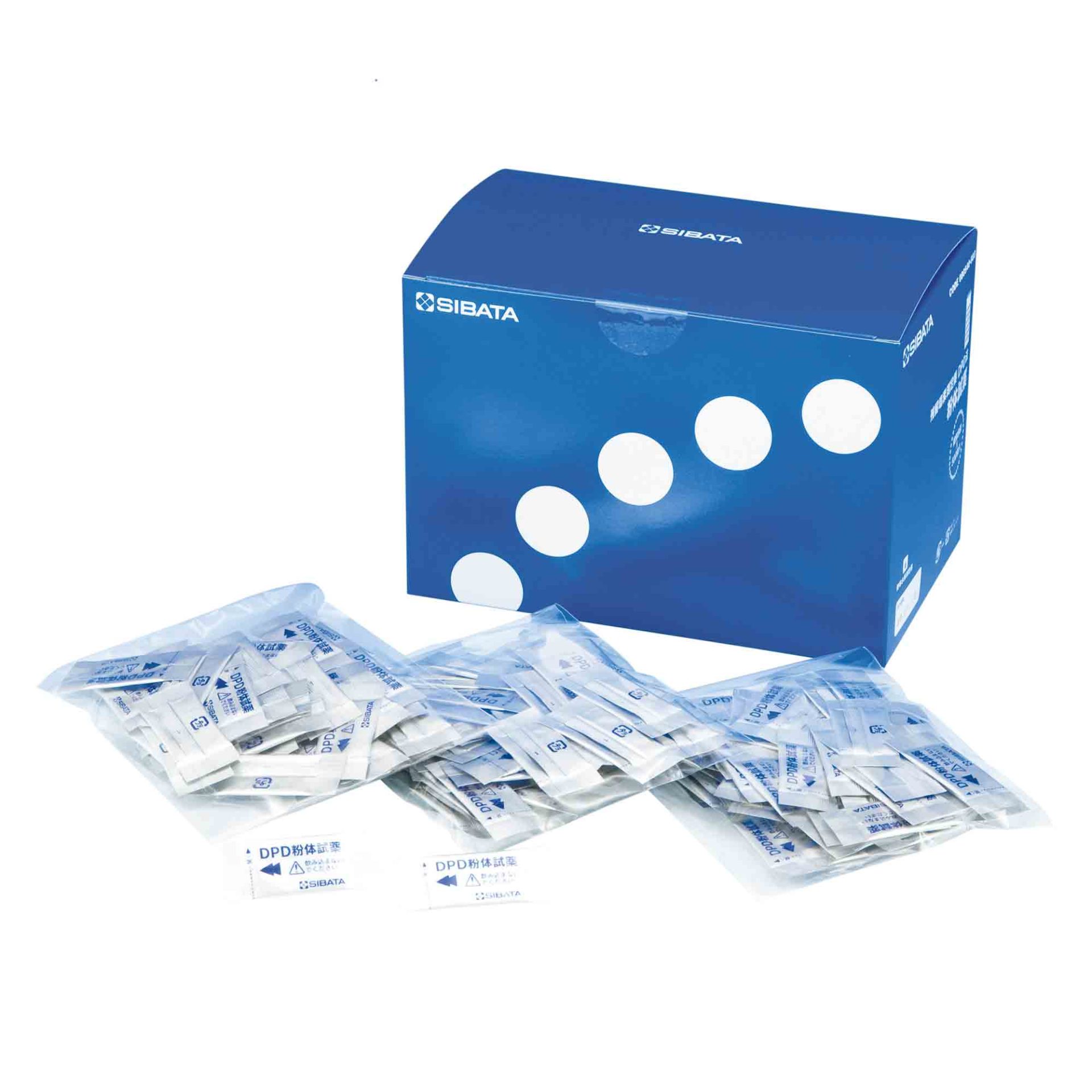
Reagents used for consumables are available in 100 and 500 times. When measuring the combined residual chlorine, potassium iodide is used.
Public bath
The water quality standards for public baths are composed of “color”, “turbidity”, “pH value”, “organic matter (amount of total organic carbon (TOC))”, “Escherichia coli”, and “Legionella spp.In addition, the residual chlorine concentration is monitored to reduce the risk of bacterial contamination. “Here, we would like to introduce the measuring device for residual chlorine.
Residual chlorine measurement

This is a typical visual measuring instrument used to measure residual chlorine in dedicated water services that use a large amount of water.


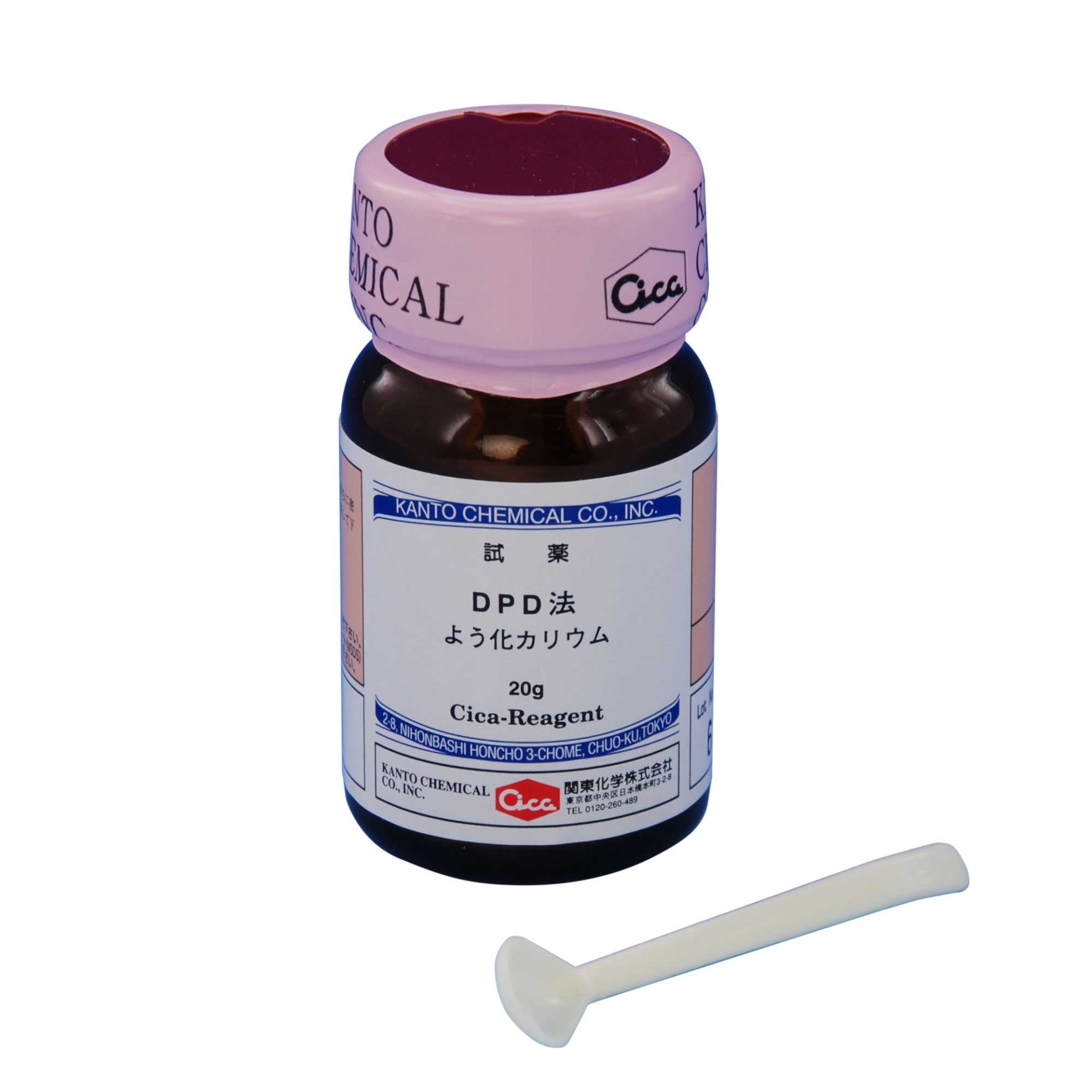
Reagents used for consumables are available in 100 and 500 times. When measuring the combined residual chlorine, potassium iodide is used.
Drinking water
The drinking water we drink as a matter of course has cleared more than 50 control items so that we can drink it safely, and we have also devised ways to prevent the growth of germs.
Residual chlorine measurement
Tap water is sterilized with chlorine and supplied.Tap water is supplied after being sterilized with chlorine. If the chlorine component remains in the water coming out of the faucet, it can be judged that the bactericidal effect remains, so the measurement of the residual chlorine in the water coming out of the outlet is routinely performed at various sites. .. The concentration of residual chlorine is determined and controlled by each law with the Waterworks Law at the top.

This is a typical visual measuring instrument used to measure residual chlorine in dedicated water services that use a large amount of water.



Reagents used for consumables are available in 100 and 500 times. When measuring the combined residual chlorine, potassium iodide is used.
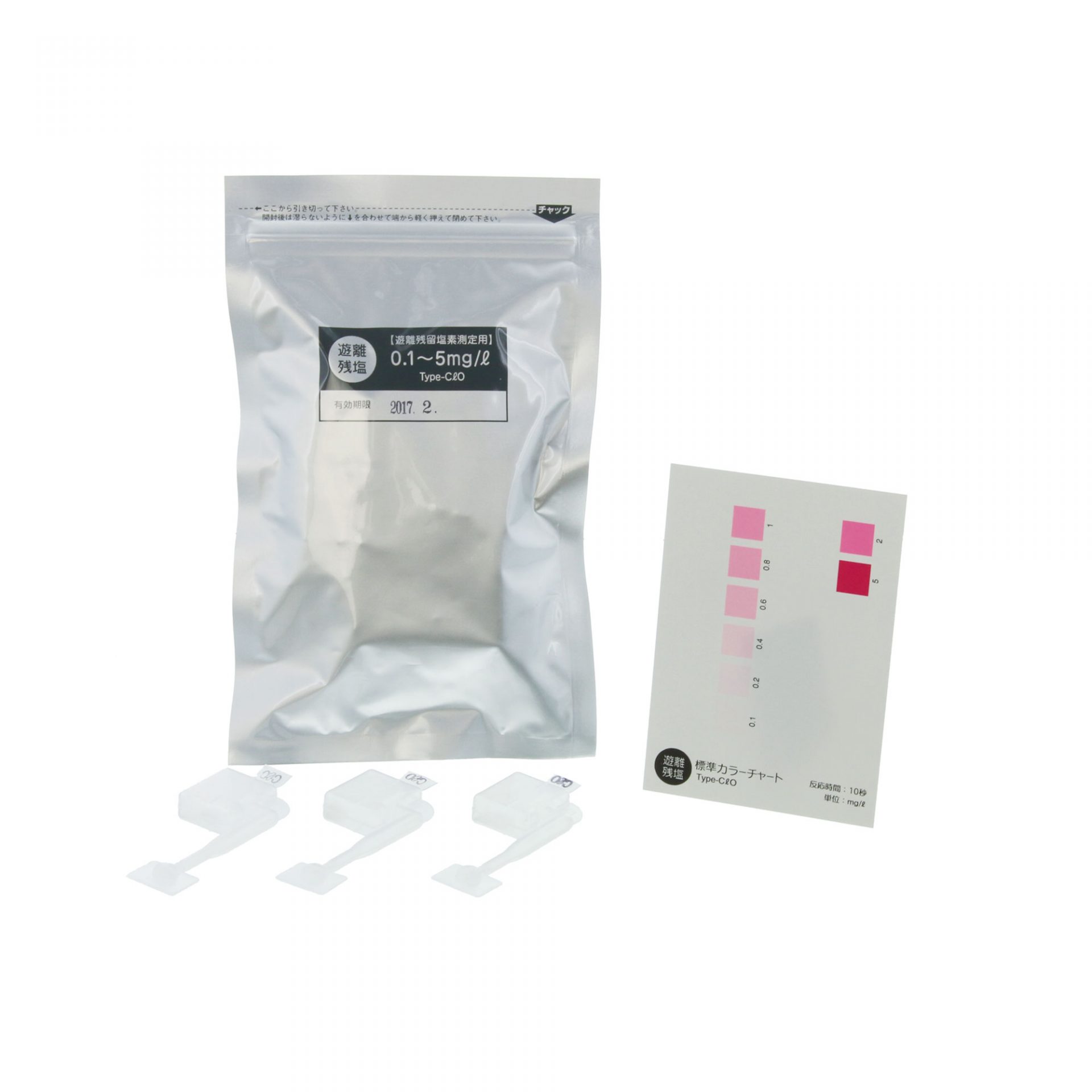
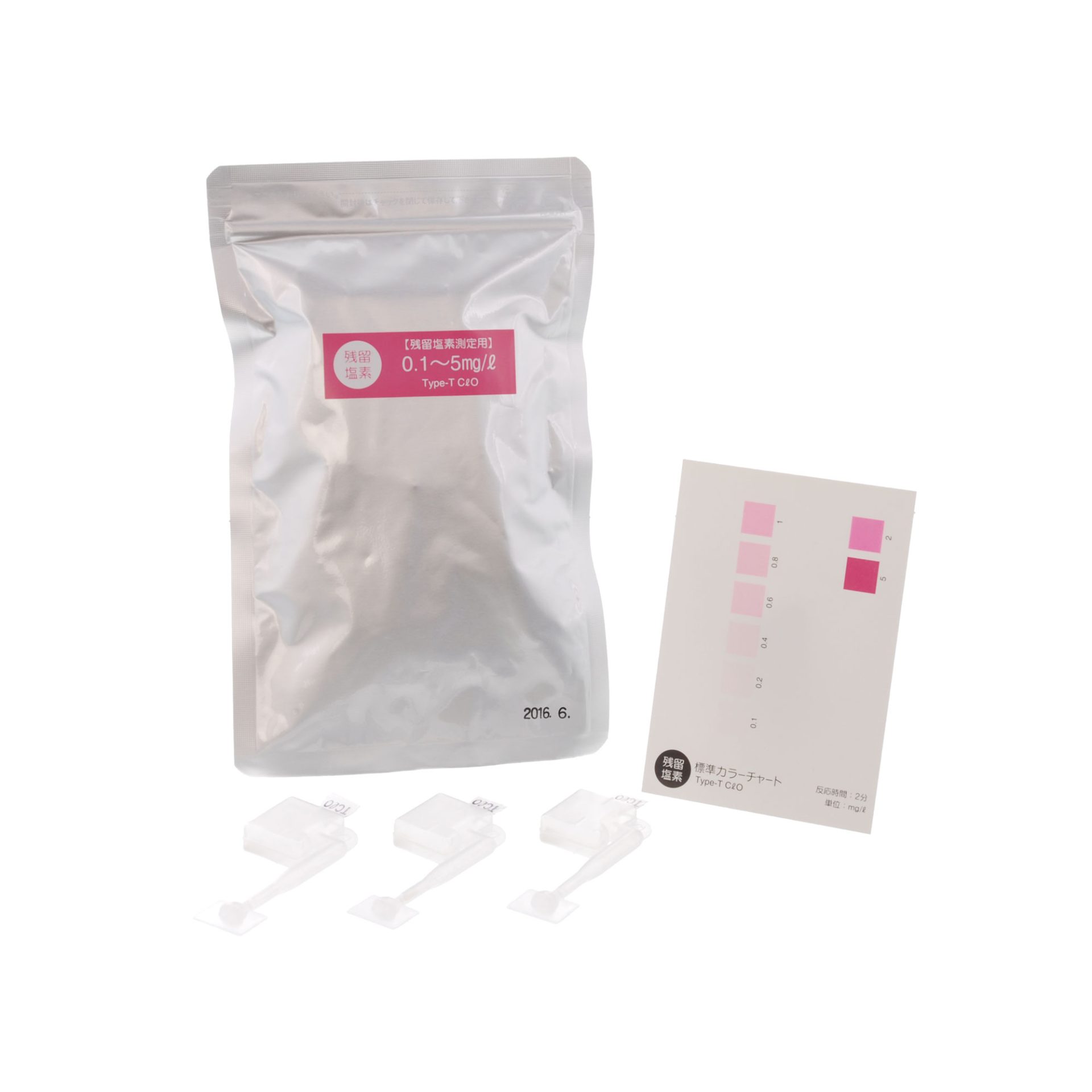
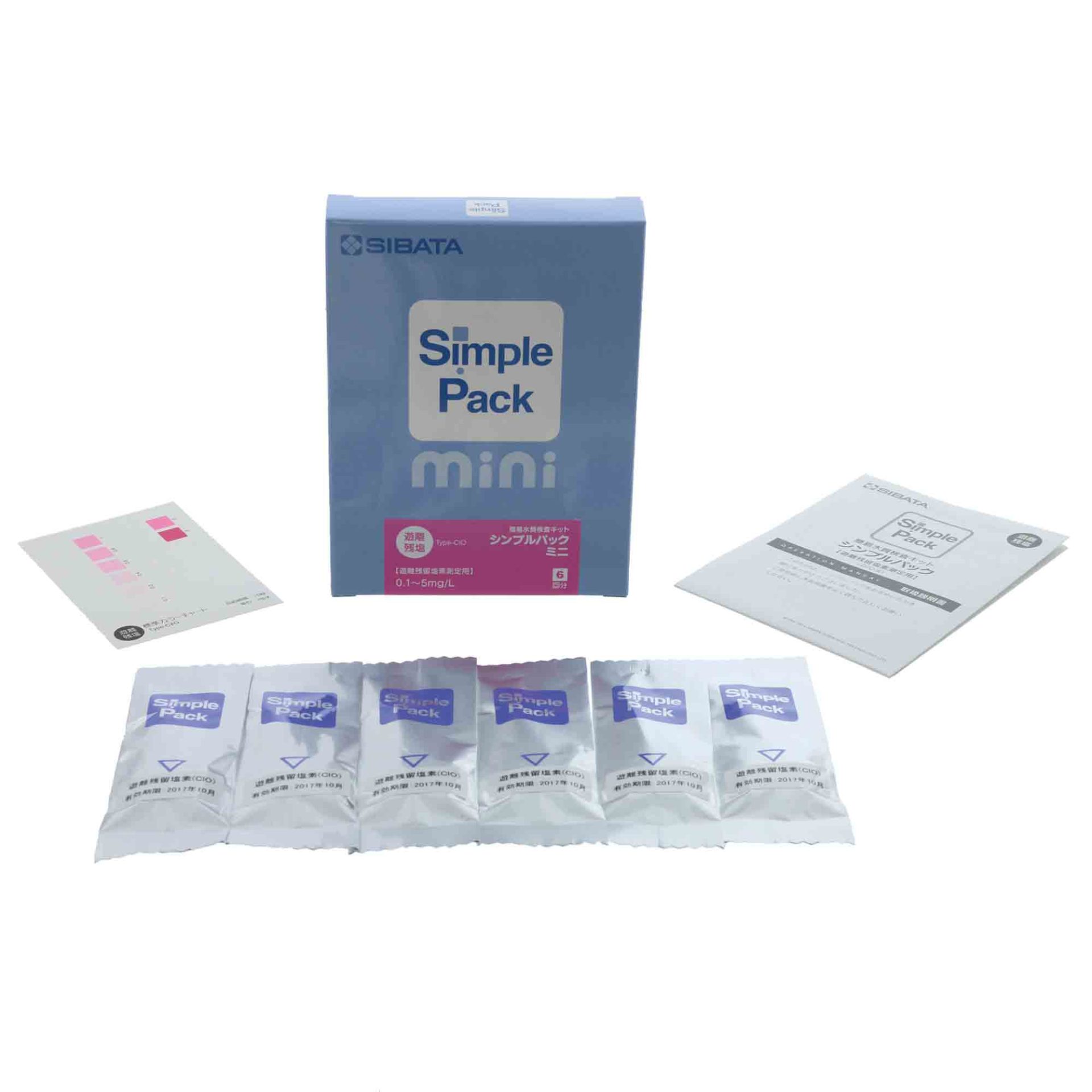
Measurement opportunities are reduced for simple dedicated water services that use less water.Reagents have an expiration date, and if the measurement frequency is low, reagent loss may occur.There is also a disposable type residual chlorine measuring instrument that can reduce reagent loss and has a small number of measurements.
Wash water
When using sodium hypochlorite solution or hypochlorite water as the washing water, if the concentration is too low, the bactericidal effect is insufficient, and if the concentration is too high, the ingredients may be deteriorated. When cleaning and sterilizing raw materials, it is necessary to confirm the appropriate concentration and immersion time of the cleaning solution to be used.
Residual chlorine measurement (high concentration)
The residual chlorine concentration in the wash water is determined by various manuals, but it is necessary to measure and confirm the concentration in order to maintain the concentration.
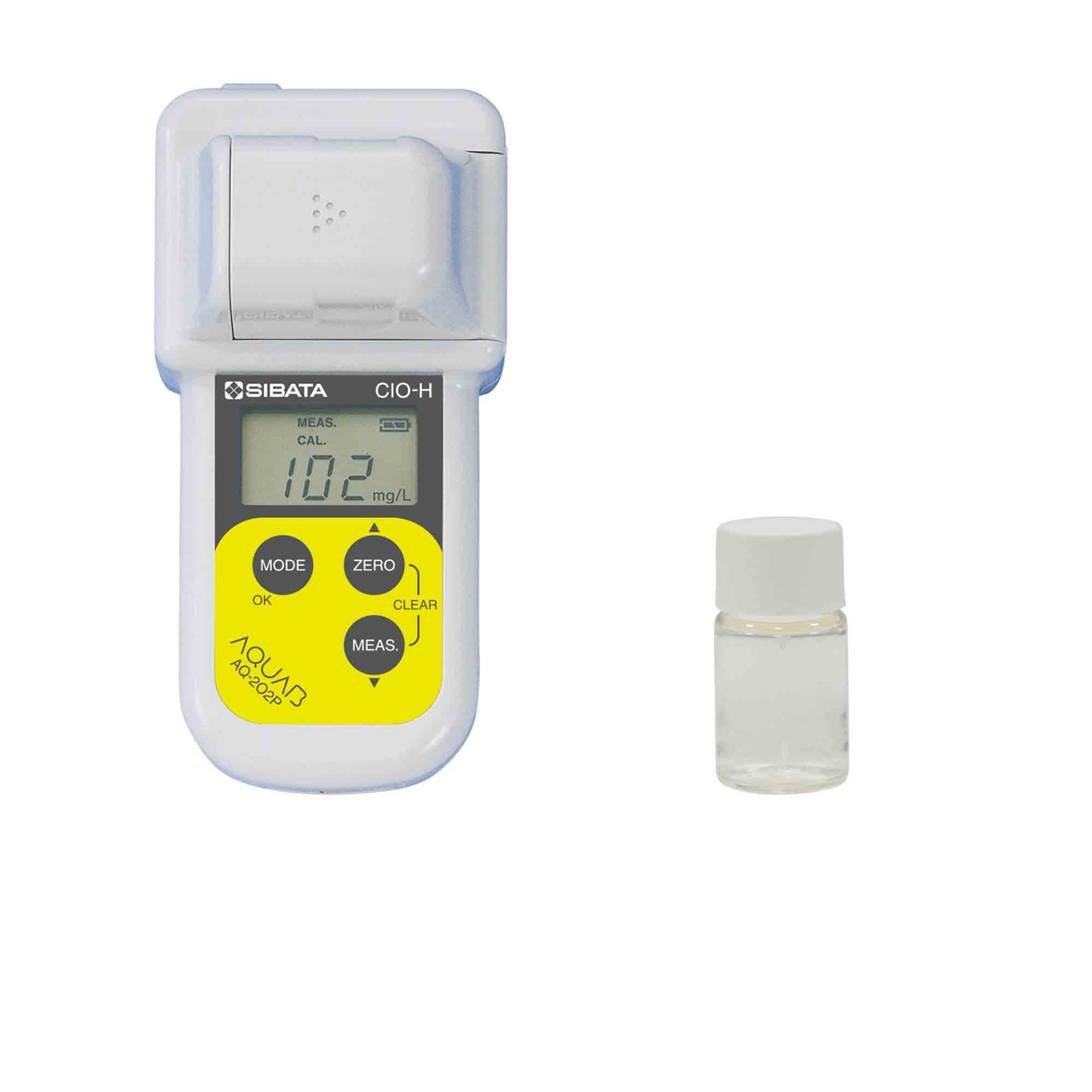
High concentration of effective chlorine (total residual chlorine) can be measured.Since it is a digital type, it is possible to reduce individual differences in the measurement results of the measurer. It is possible to measure effective chlorine up to 300 mg / L. The AQ-202P type cell is made of PET for water inspection.
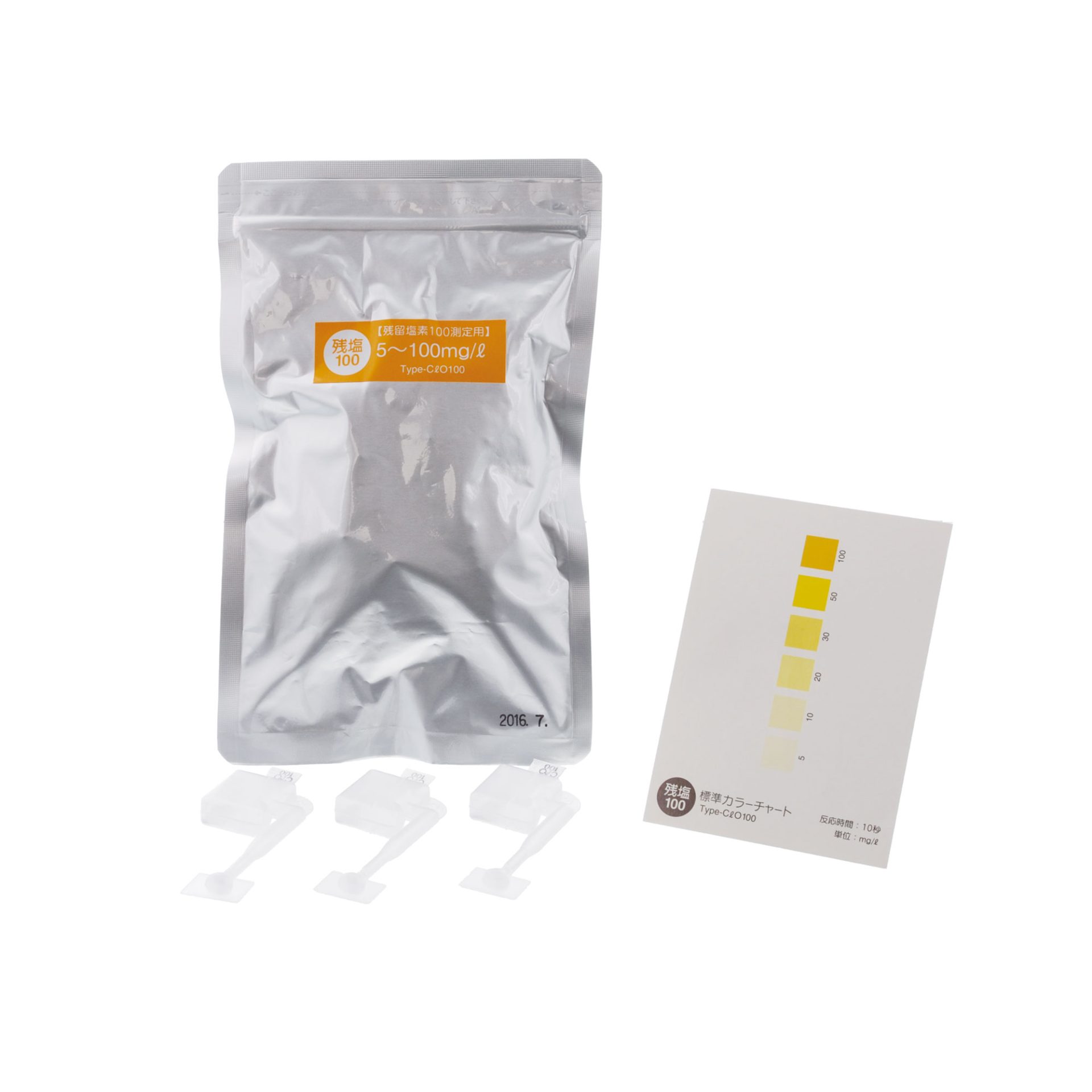
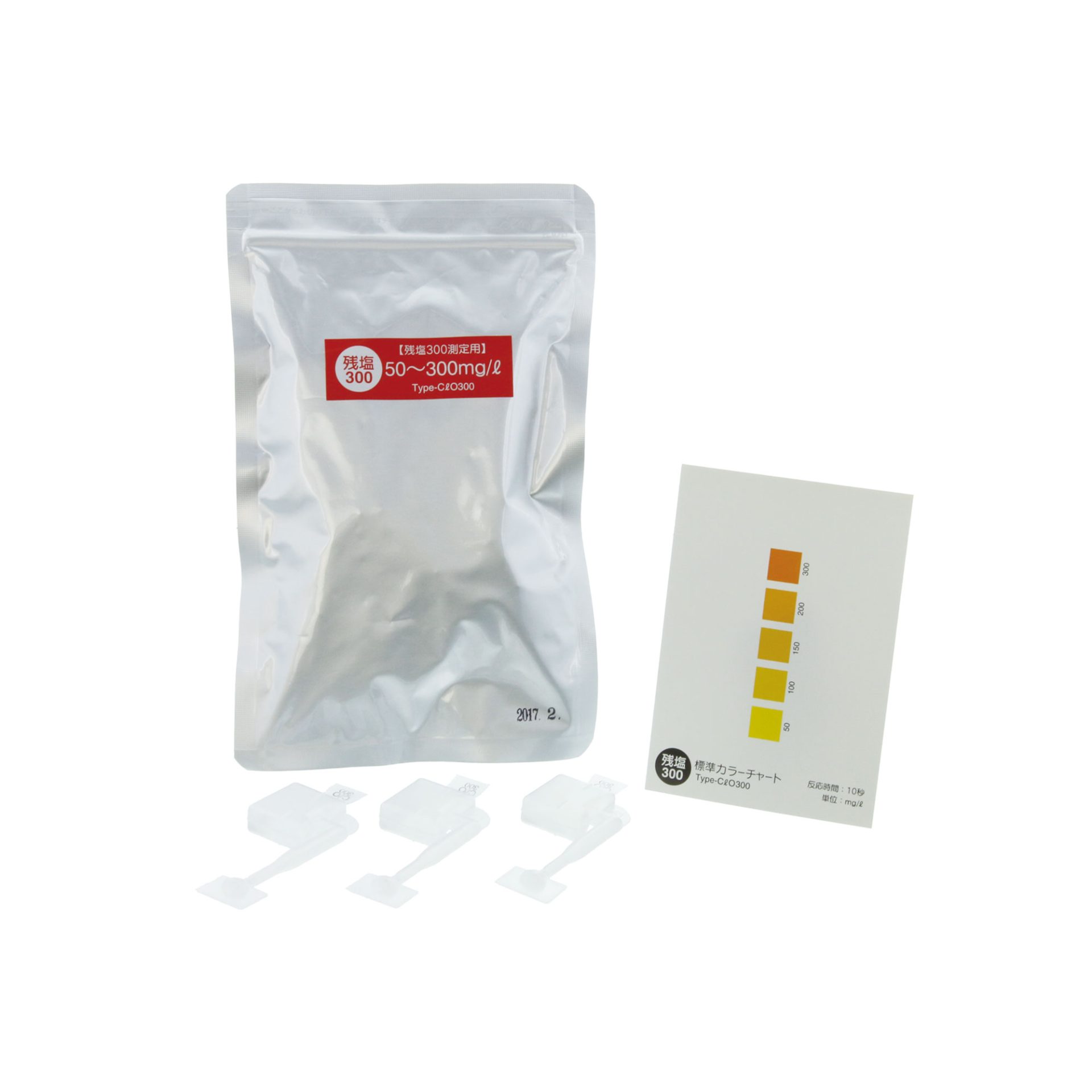
It is a disposable type residual chlorine measuring instrument that anyone can handle because it is easy to operate.If the measurer is unspecified or unfamiliar with measurement, the ease of handling of the measuring instrument is an important factor in the field. You can use it without feeling any resistance to the measurement.
※ Effective chlorine up to 100 mg / L can be measured
※ Effective chlorine up to 300 mg / L can be measured
Tap water
The drinking water we drink as a matter of course has cleared more than 50 control items so that it can be drunk safely, and it is also devised to prevent the growth of germs.
Residual chlorine measurement
Tap water is sterilized with chlorine and supplied.Tap water is supplied after being sterilized with chlorine. If the chlorine component remains in the water coming out of the faucet, it can be judged that the bactericidal effect remains, so the measurement of the residual chlorine in the water coming out of the outlet is routinely performed at various sites. .. The concentration of residual chlorine is determined and controlled by each law with the Waterworks Law at the top.

This is a typical visual measuring instrument used for measuring residual chlorine. It is a comprehensively balanced measuring instrument in terms of cost performance, usage, management, etc.
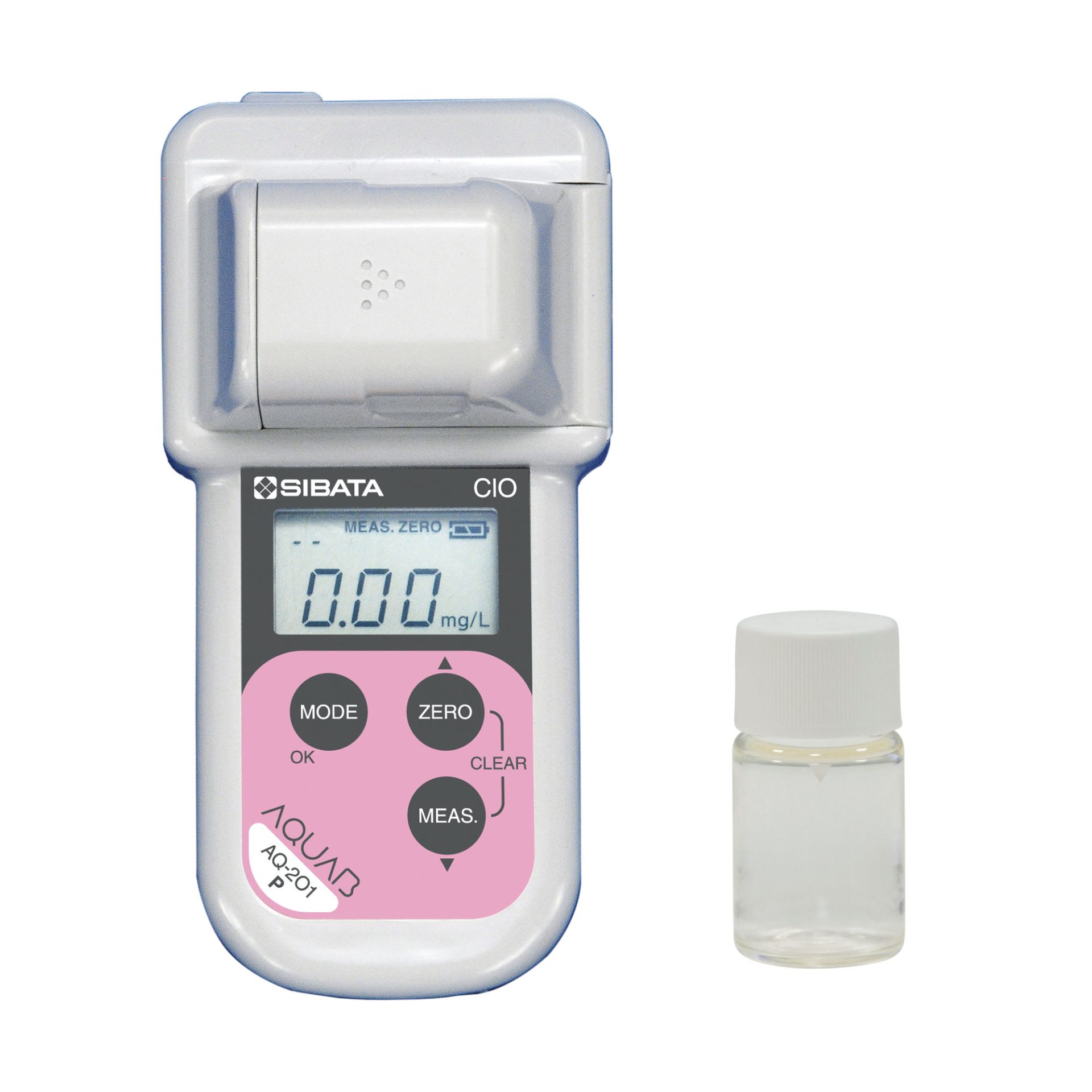
It is a digital residual chlorine measuring instrument. Since there is no individual difference when the measurer checks the color tone, anyone can get the same result.The AQ-201P type has the water test cell made of PET as the material.


There are 100 and 500 DPD reagents for measuring the free residue chlorine as consumables.


It is a disposable type residual chlorine measuring instrument that anyone can handle because it is easy to operate.If the measurer is unspecified or unfamiliar with measurement, the ease of handling of the measuring instrument is an important factor in the field. You can use it without feeling any resistance to the measurement.
